Sometimes you don’t have olive oil on hand when you want to make pesto.
And sometimes, even if you do, you’d like to mix things up a little bit.
Whatever your reason for wanting to substitute olive oil in pesto, we’ve got a list of 12 other ingredients that are just as delicious.
Read Also: Can You Microwave Olive Oil? Debunking Common Myths

But first, what’s the best substitute for olive oil in pesto?
Canola oil is the best substitute for olive oil in pesto. It has a neutral flavor, which allows you to really taste the basil and garlic, without overpowering it with the more bitter taste of olive oil.
Still looking for options?
Then keep scrolling!
12 Substitutes for Olive Oil in Pesto
Here are 12 substitutes for olive oil in pesto:
1. Canola oil

When it comes to pesto, olive oil is a must—but that doesn’t mean there aren’t other options.
We’ve found canola oil to be the best substitute when olive oil isn’t available.
Canola oil is made from crushed canola seeds and has a neutral flavor that won’t compete with the herbs and cheese in your pesto.
It may even enhance them!
But it’s also super heart-healthy, with less saturated fat than any other vegetable oil.
Another benefit of canola oil is its health benefits: it contains vitamins A, D, E, and K.
It also has a shelf life of 12-24 months so you can keep a bottle around for whenever you want to make pesto without worrying about the oil going bad.
2. Grapeseed oil
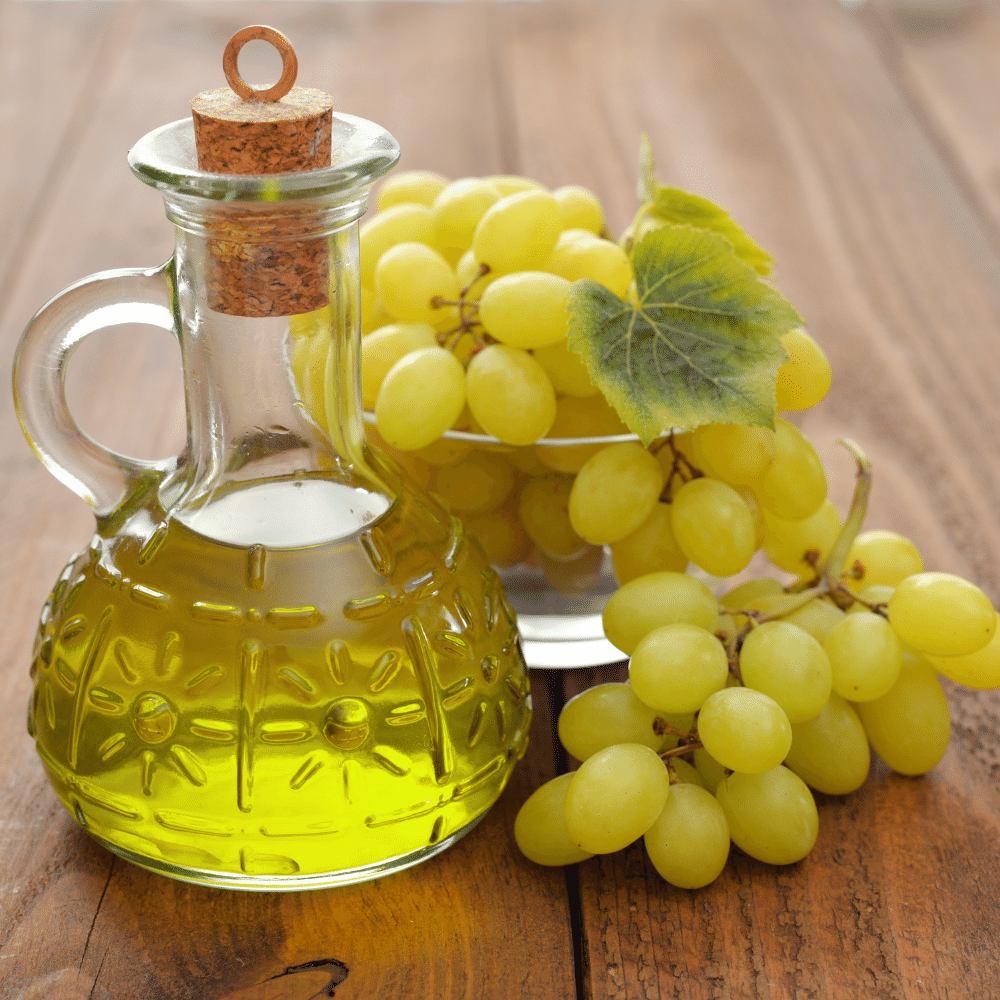
Grapeseed oil is a great substitute for olive oil in pesto.
It is a good source of vitamin E and can be used for both cooking and beauty purposes.
It is derived from the seeds of grapes, and it is best known for its hair benefits: moisture, strength, and shine.
But it’s also widely used for skin care as well, with properties that moisturize and balance the skin.
It has a shelf life of up to three months if stored properly.
If you’re looking for a healthier alternative to olive oil, grapeseed oil might just be what you’re looking for!
3. Pumpkin seed oil
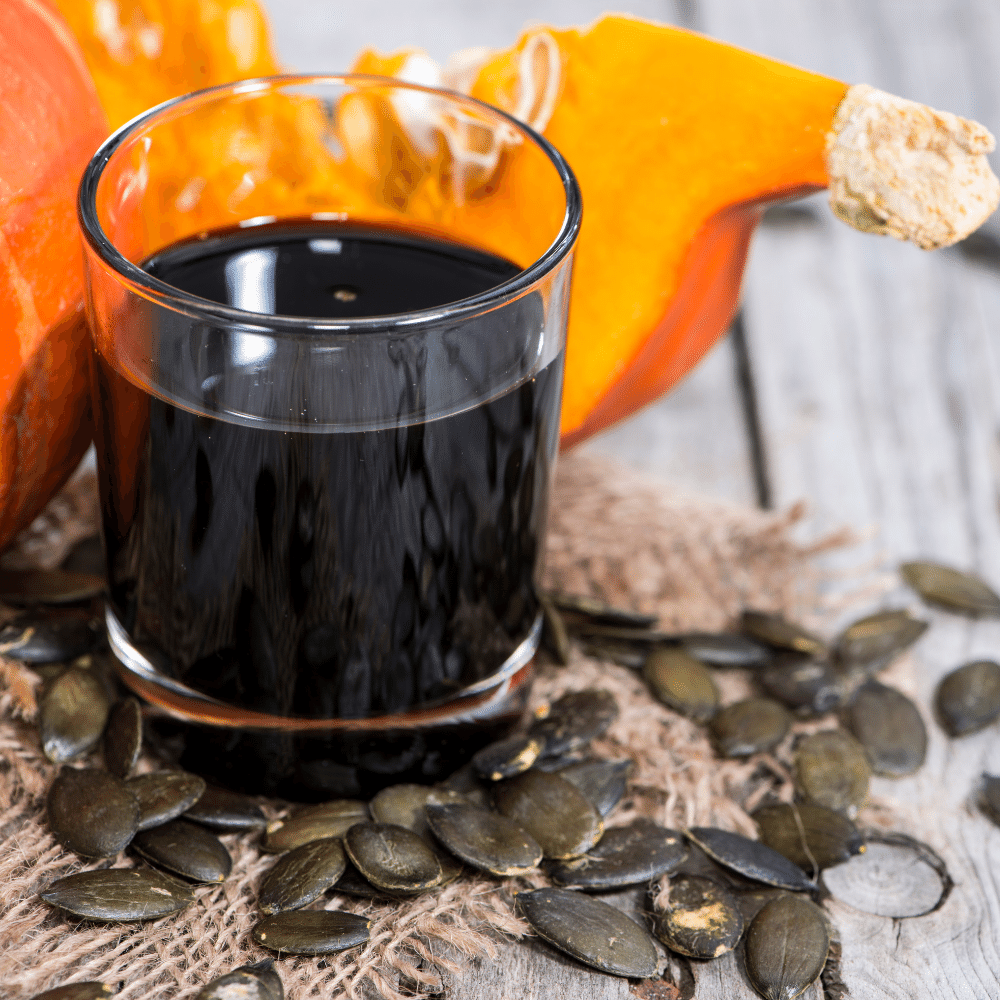
Pumpkin seed oil can be a great substitute for olive oil in pesto.
Pumpkin seed oil is said to help promote urinary health, heart health, and it’s full of vitamins and anti-inflammatory agents(source).
It is cold-pressed from pumpkin seeds, and also has cosmetic uses(source).
Pumpkin seed oil has a nutty flavor, so you can use it as a salad dressing.
It goes well with earthy greens: try spinach or beet leaves.
You can also use it as a marinade for meats, or even as a dip for bread!
It might seem strange to use pumpkin seed oil instead of olive oil in pesto, but they are similar in many ways—and you might find that you love the nutty flavor that pumpkin seed oil adds to the dish!
4. Sunflower oil

If you’re looking for a substitute for olive oil in your pesto, sunflower oil is an excellent choice.
Sunflower oil is a non-volatile oil that is made by pressing the seeds of the sunflower.
The benefits of sunflower oil don’t stop there—sunflower oil can also hydrate your skin, remove dead skin cells(source), and last for up to 2 years.
Sunflower oil has a very slight nutty flavor which is similar to olive oil.
5. Avocado oil
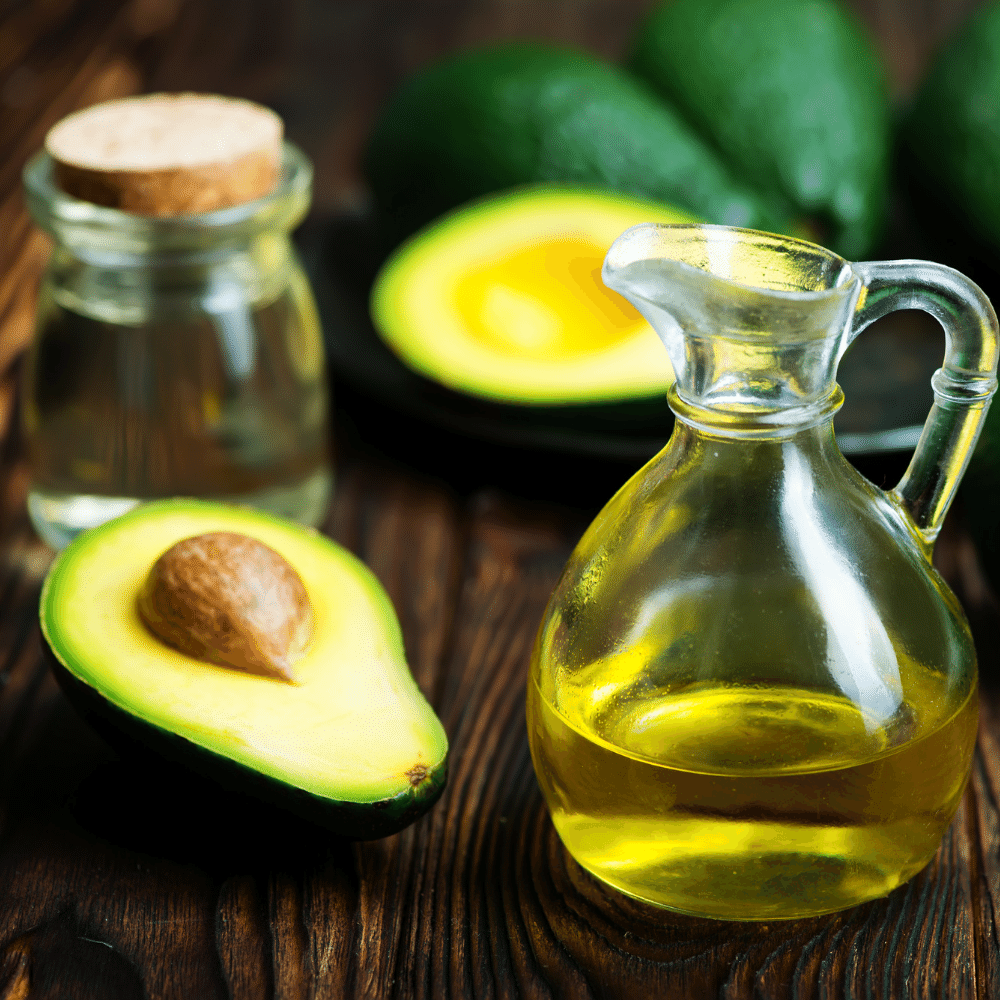
Avocado oil is another great place to start.
It’s an oil that’s pressed from the avocado fruit, and it has a high smoke point.
Since it’s pressed from a fruit (instead of, say, a nut), it has a fairly mild taste—just like olive oil.
But better yet, it’s very similar to olive oil in other ways, too.
It has a light feel that coated foods well and helped them brown nicely in the oven or on the grill.
Avocado oil also has lots of health benefits to recommend it: because of its fatty acid profile, it can help improve scalp health, promote moisture retention in your skin, and reduce inflammation in your body.
6. Hemp seed butter

The next time you’re planning to use olive oil in your pesto and realize you don’t have enough, consider hemp seed butter!
Hemp seed butter is a great substitute for olive oil in pesto because it’s rich in essential omega-3, has a nutty flavor that complements the flavor of pesto, and will keep for up to 2 months in the fridge.
7. Almond butter

Did you know that almond butter is a great substitute for olive oil in pesto?
Almond butter is similar to peanut butter in texture and consistency, but it has a nuttier and richer flavor.
It also contains heart-healthy monounsaturated fats, vitamins and minerals, including vitamin E, magnesium, and calcium(source).
Almond butter makes a great substitute for olive oil in pesto because it provides more flavor.
Since pesto is usually served on pasta, it’s important to use a substitute that adds more flavor than olive oil does.
Almond butter isn’t just good for baking and replacing olive oil.
It can be used as a replacement for butter or vegetable shortening in many recipes.
Try using almond butter instead of vegetable shortening when making cut-out cookies!
8. Cream cheese

Cream cheese is made from milk and cream.
It has 342 calories per 100 grams. It’s rich in potassium, and also contains calcium.
You can use it for baking, as a dip for vegetables or chips, or as a spread on toast.
Remember: You should always check the nutrition facts before using a new ingredient for the first time.
9. Coconut oil
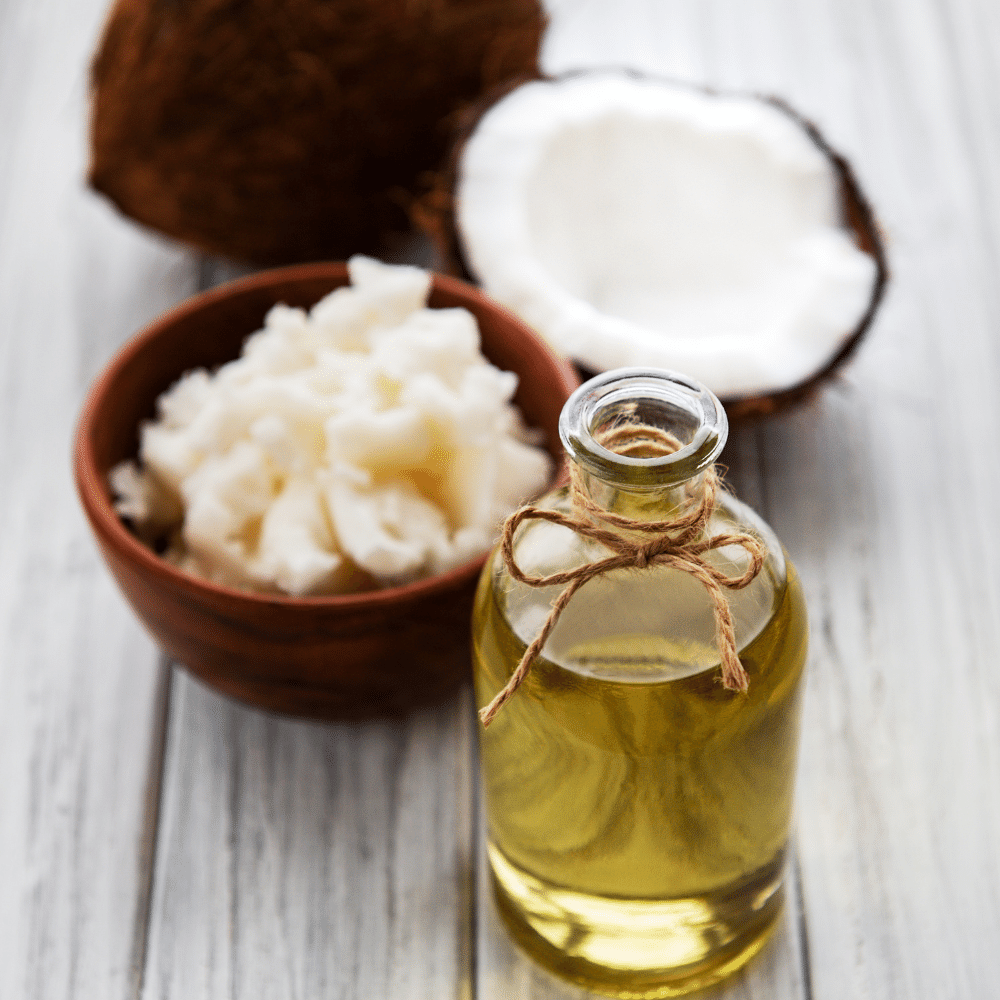
Coconut oil is derived from the wick, meat, and milk of the coconut palm fruit.
It’s a white solid fat that’s 862 calories per 100 grams.
It’s rich in saturated fat, which makes it an edible oil.
It can be used to moisturize dry skin and reduce inflammation.
Coconut oil can also be used in place of olive oil when making pesto.
Like olive oil, coconut oil is a good source of healthy unsaturated fats that are liquid at room temperature.
It’ll add a creamy texture to your pesto, as well as a bit of sweetness that complements basil perfectly.
10. Tahini (sesame paste)
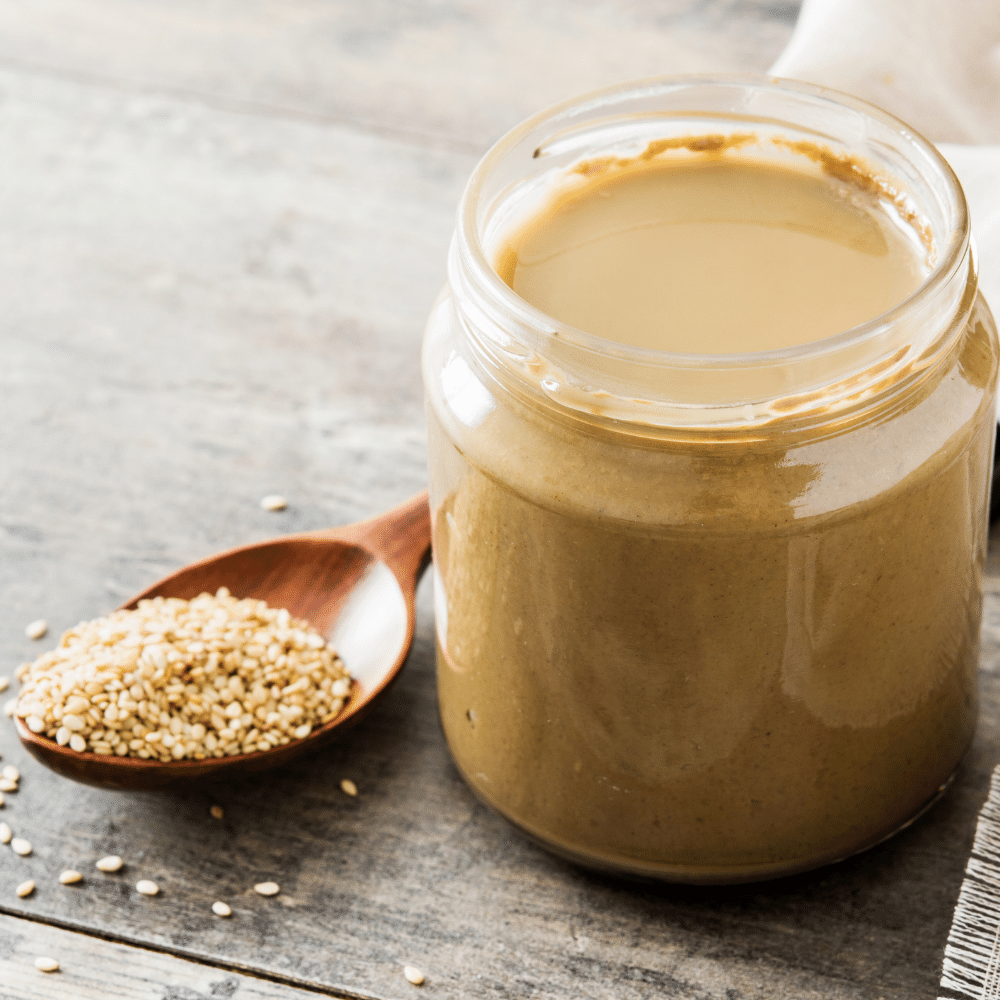
Tahini is another delicious substitute that you can use instead of olive oil when making pesto.
Tahini is a Middle Eastern condiment made from toasted ground hulled sesame.
It’s not as sweet as most nut butters—it has more of a nutty flavor that’s strong and earthy. Pesto made with tahini is rich in iron and protein.
11. Walnut oil
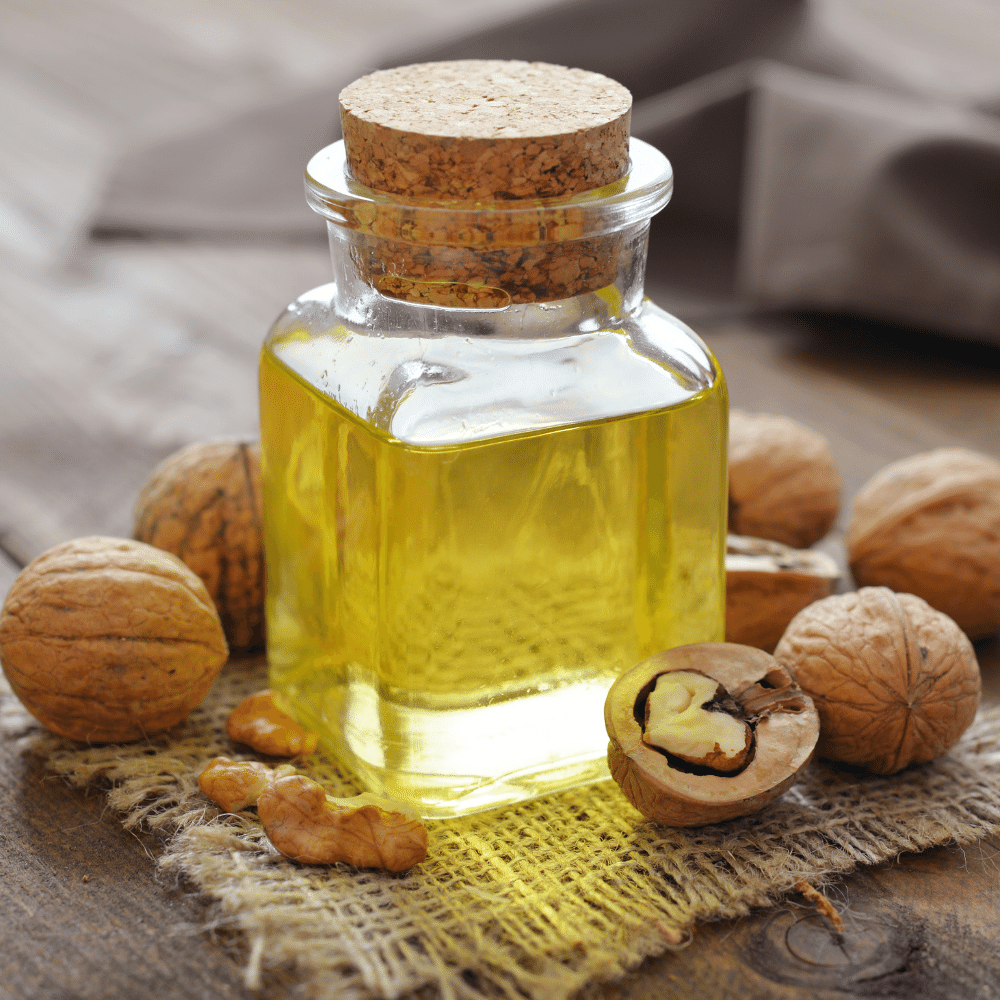
Walnut oil is one of the healthiest oils you can use.
It is rich in nutrients and antioxidants, and it may help improve your memory and concentration.
It contains good fats that can help fight harmful free radicals in your body.
Walnut oil is extracted from walnuts, so it has a nutty flavor which makes it perfect for pesto!
12. Lemon juice

Lemon juice is a great replacement for olive oil in pesto because it’s tangy and sour, has a long history in the culinary world, and is rich in Vitamin C and natural antibacterial qualities.
Lemon juice has just 22 calories per 100 grams, compared with 884 calories per 100 grams for olive oil.
Not only that, lemon juice contains alpha hydroxyl acids that are essential to maintaining healthy skin as you age!
How to Make Pesto without Olive Oil
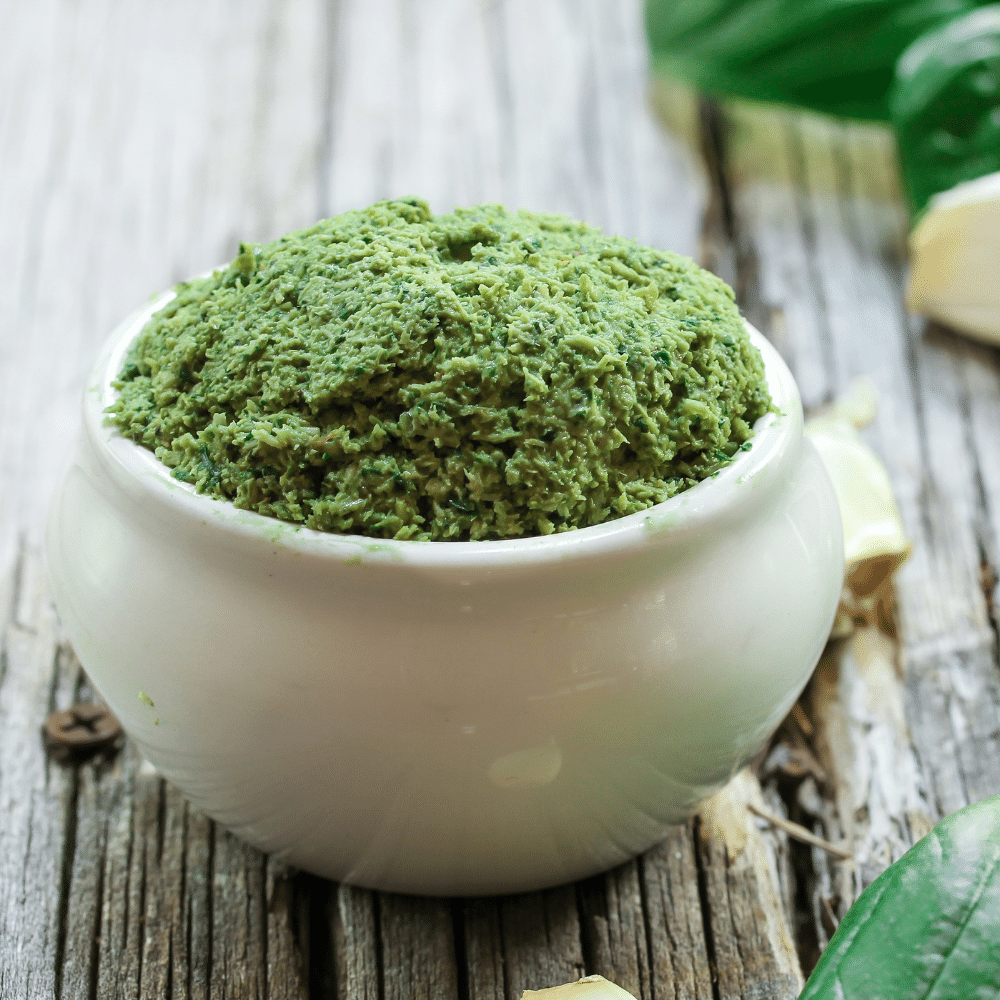
Pesto is perfect for pasta and pizza, but it’s also great on fish and chicken.
It can liven up your sandwich or serve as a delicious dip for your veggies.
One problem?
Most pesto recipes call for olive oil, which can make the sauce too heavy for some of us.
Here’s how to get the same taste with a lighter touch.
What you’ll need:
- Basil leaves
- Garlic
- Salt and pepper
- Walnuts (or pine nuts)
- Parmesan cheese
How to make it:
- First, clean the basil leaves by soaking them in water.
- Then drain them, pat them dry, and place them in a blender.
- Add 1-2 cloves of garlic (depending on how garlicky you want it), two tablespoons of walnuts or pine nuts, one-quarter cup of Parmesan cheese, and salt and pepper to taste.
- Blend until smooth.
Enjoy!

12 Substitutes for Olive Oil in Pesto
Ingredients
- Canola oil
- Grapeseed oil
- Pumpkin seed oil
- sunflower oil
- avocado oil
- Hemp seed butter
- Almond butter
- Cream cheese
- Coconut oil
- Tahini (sesame paste)
- Walnut oil
- Lemon juice
Instructions
- Pick any of the alternatives on this list to use instead of olive oil.
- Prepare the rest of your ingredients.
- Be ready to munch on your pesto dish in no time!
Hi, I'm Benjamin. I love cooking, long walks, and my girlfriend! Here you’ll find simple and delicious recipes that you can make in 30 minutes or less.

